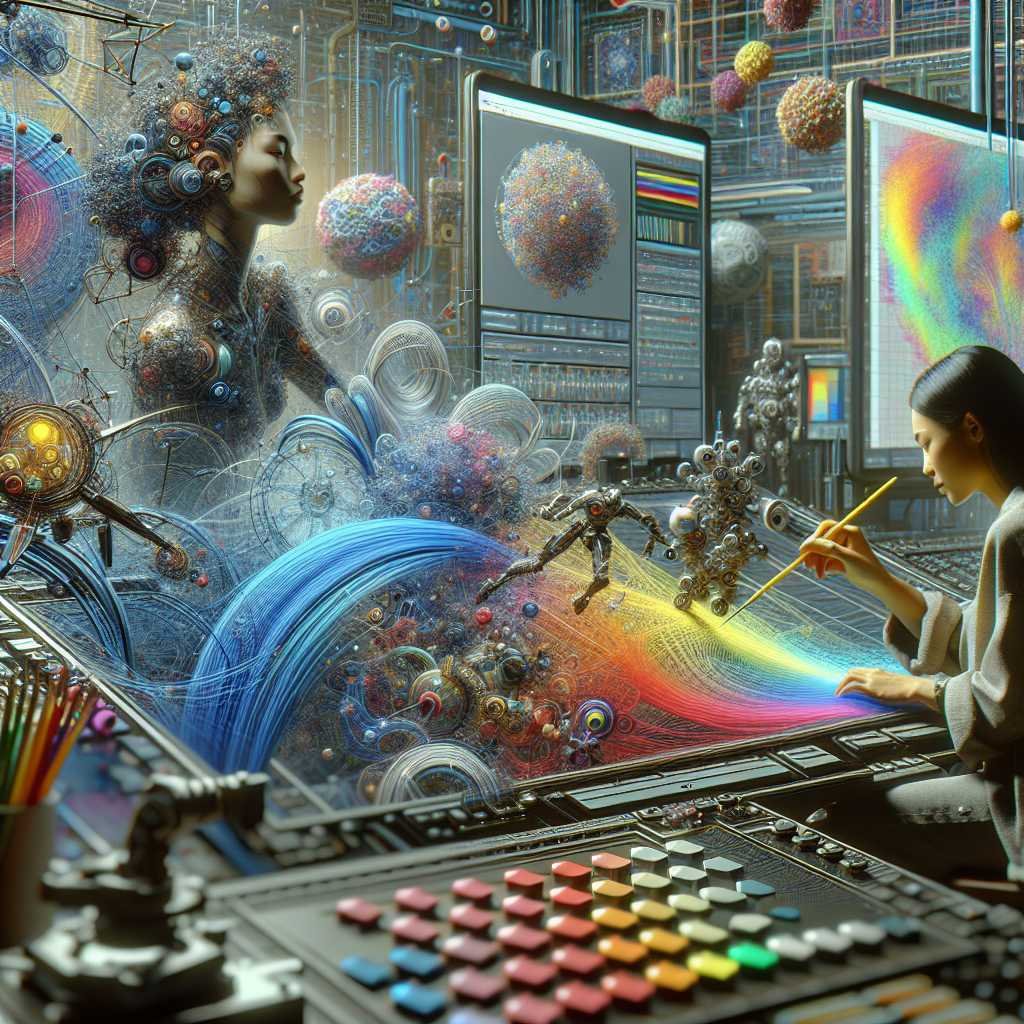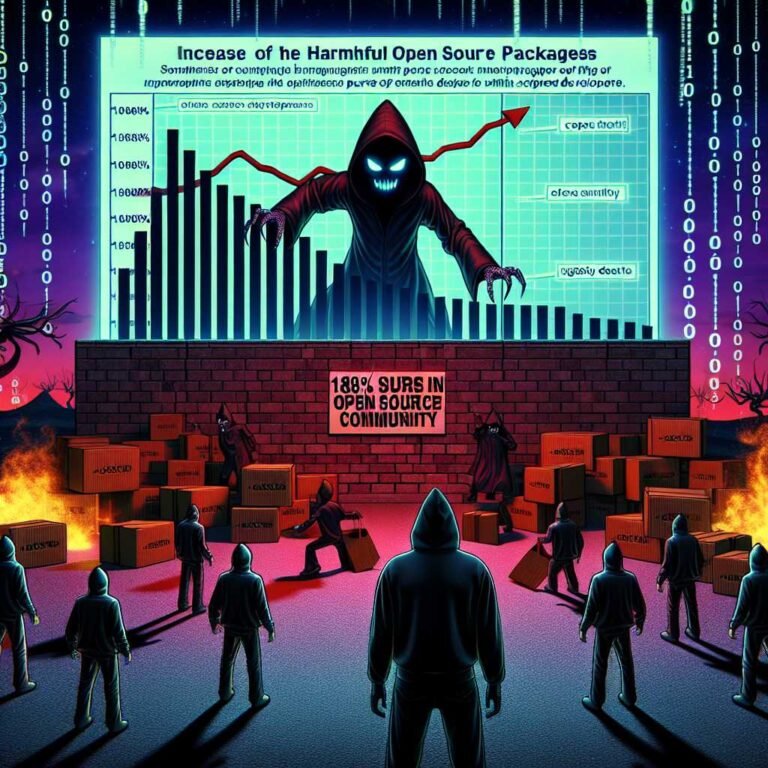Discover Graphite: The Free, Open Source Graphics Engine Revolutionizing Creative Workflow
If you’ve ever dreamed of a graphics tool that feels as powerful as a game engine, yet as intuitive as your favorite art app, you’re going to want to meet Graphite. Whether you’re a digital artist, graphic designer, photo editor, or even a budding VFX wizard, Graphite just might become your new creative playground. And the best part? It’s free, open source, and powered by an enthusiastic community—meaning it grows with you and for you.
Let’s explore why this alpha-stage graphics engine is already making waves, and how you can be part of shaping its future.
You can find Graphite on their GitHub repo: https://github.com/GraphiteEditor/Graphite
What Is Graphite? A New Breed of Graphics Engine
Picture this: Most creative programs lock you into either vector illustration (think Adobe Illustrator), raster photo editing (like Photoshop), or maybe motion graphics (such as After Effects). But what if you could dip into all of those worlds—from digital painting to desktop publishing—without ever switching apps?
Graphite is designed to be exactly that unified toolbox. What sets it apart isn’t just its versatility, but its next-generation workflow:
- Layer-Based Compositing: Familiar for anyone who’s stacked layers in Photoshop or GIMP.
- Node-Based Generative Design: The kind of modular, visual logic you’d find in Blender’s Shader Editor or Unreal Engine’s Blueprints.
By combining these two approaches, Graphite enables a fully nondestructive editing experience. Imagine tweaking a node deep in your project and watching creative changes ripple throughout your composition—all without losing work or flexibility.
Why does this matter? It means you can experiment, iterate, and push your creative boundaries, knowing that every edit is reversible and every idea is worth exploring.
How Graphite Breaks the Mold: From Vector Roots to All-in-One Art Studio
Originally, Graphite started life as a vector editor. But unlike most software that stays in its lane, Graphite’s architecture is designed to evolve. Its core engine is built more like a game engine than a traditional art app.
Game Engine DNA: What Does That Mean?
- Performance: The engine is optimized for speed, making complex edits and effects feel snappy, even on large projects.
- Modularity: Tools are “wrapped” around a node graph core, so new features can be added and improved rapidly.
- Extensibility: Developers and users alike can contribute tools, plugins, or even entirely new workflows.
This kind of flexibility is almost unheard of in the world of creative software. Instead of being locked into one way of thinking, Graphite adapts to the way you want to create.
Key Features: Why Creatives Are Watching Graphite
Let’s break down what you can already do—and what’s coming next.
Available Now
- Vector & Raster Support: Draw, paint, and design with both scalable vectors and pixel-perfect rasters.
- Nondestructive Editing: Edit fearlessly, knowing you can always undo or adjust.
- Friendly Interface: Tools are thoughtfully designed around the node graph core, making complex actions approachable.
On the Roadmap
Graphite’s team and community have an ambitious vision, including:
- Photo editing tools rivaling industry standards.
- Motion graphics and animation support.
- Digital painting capabilities for illustrators and concept artists.
- Desktop publishing features.
- VFX compositing and post-production workflows.
In short: A single app for all your visual creativity.
Open Source at Its Best: Community-Driven and Transparent
Graphite isn’t just a tool—it’s a movement. It’s 100% community-built and funded, meaning it thrives on the passion and expertise of developers, artists, and users around the globe.
- Transparent Development: You can browse the code on GitHub.
- Open Roadmap: The entire community can weigh in on features and priorities.
- Accessible to All: No paywalls, no subscriptions, no gatekeeping.
This open model ensures that Graphite stays in touch with real user needs, rather than chasing trends or vendor lock-ins. If you believe in accessible, powerful creative tools, supporting Graphite (with donations or code contributions) is a way to help shape the future of digital art.
Getting Involved: For Artists, Designers, and Developers Alike
Here’s where it gets even more exciting. Graphite isn’t just for users—it’s for builders.
Are You a Graphics Programmer or Rust Developer?
Graphite is designed to be one of the most approachable open source projects for creative technologists. If you know Rust (or want to learn), you can jump into:
- Building new features and tools.
- Improving performance.
- Collaborating on documentation and tutorials.
Just follow the setup instructions and join the global team. All contributions are licensed under the Apache 2.0 license, ensuring a future-proof, truly open foundation.
Not a coder? No problem—test the alpha, report bugs, or share feedback. Every voice matters.
Why Graphite Matters: Empowering Creators Everywhere
Let me explain why this project is so important.
Most creative software is expensive, closed-source, and built around business models that don’t always put users first. By contrast, Graphite’s mission is clear:
“To unshackle the creativity of every budding artist and seasoned professional by building the best comprehensive art and design tool that’s accessible to all.”
This isn’t just about digital art. It’s about creative freedom. When tools are open, affordable, and extensible, more people can participate, learn, and innovate. That’s how new artistic movements—and even industries—are born.
Frequently Asked Questions: Graphite Graphics Engine
What platforms does Graphite support?
Currently, Graphite is cross-platform and runs on Windows, macOS, and Linux. You can download the alpha version from the official site.
Is Graphite really free? Will it stay that way?
Yes! Graphite is open source and free for everyone. The team is committed to keeping it accessible, funded by community donations and contributions.
How does Graphite compare to Adobe Illustrator or Photoshop?
While products like Illustrator and Photoshop are mature and feature-rich, Graphite is unique for its game engine-like architecture and fully nondestructive, node-based workflow. It aims to combine the best of both vector and raster worlds, with the flexibility for much more.
Can I contribute to Graphite even if I’m not a programmer?
Absolutely! You can help by: – Testing new features and reporting bugs. – Sharing feedback and feature requests. – Donating to support ongoing development. – Spreading the word to fellow creatives.
Is there documentation or a user community?
Yes, Graphite’s docs and active community can be found on GitHub and linked forums. There are channels for both users and contributors.
The Takeaway: A Future-Proof Creative Engine, Built for You
Graphite is more than just another art app—it’s a bold reimagining of what creative tools can be. By blending the best of vector, raster, generative, and compositing workflows, it’s poised to empower artists and designers like never before. And because it’s open source, it’s shaped by your ideas, your needs, and your vision.
Ready to explore, contribute, or just keep an eye on the future of digital art? Check out Graphite’s official website, try the alpha, or join the community. The next industry standard might just be the one you help build.
If you’ve found this article helpful, consider subscribing for more deep dives into emerging creative technology. Your next big idea deserves the right tools—let’s build them together.
Discover more at InnoVirtuoso.com
I would love some feedback on my writing so if you have any, please don’t hesitate to leave a comment around here or in any platforms that is convenient for you.
For more on tech and other topics, explore InnoVirtuoso.com anytime. Subscribe to my newsletter and join our growing community—we’ll create something magical together. I promise, it’ll never be boring!
Stay updated with the latest news—subscribe to our newsletter today!
Thank you all—wishing you an amazing day ahead!
Read more related Articles at InnoVirtuoso
- How to Completely Turn Off Google AI on Your Android Phone
- The Best AI Jokes of the Month: February Edition
- Introducing SpoofDPI: Bypassing Deep Packet Inspection
- Getting Started with shadps4: Your Guide to the PlayStation 4 Emulator
- Sophos Pricing in 2025: A Guide to Intercept X Endpoint Protection
- The Essential Requirements for Augmented Reality: A Comprehensive Guide
- Harvard: A Legacy of Achievements and a Path Towards the Future
- Unlocking the Secrets of Prompt Engineering: 5 Must-Read Books That Will Revolutionize You






